5 NASA inventions in your home
by Scott Dutfield · 04/03/2020
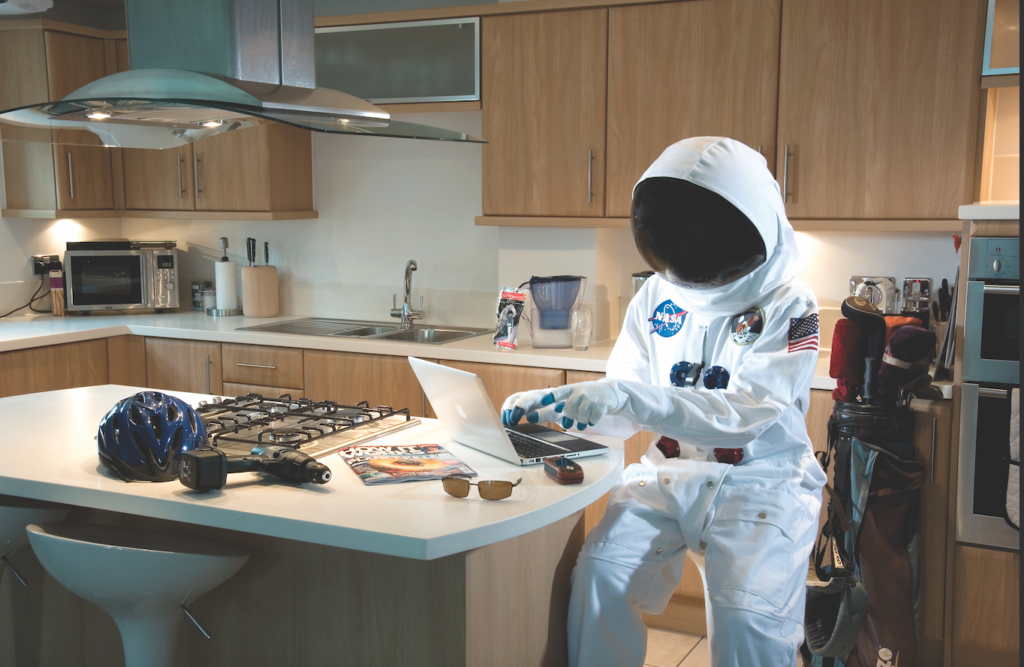
Bound by its motto ‘for the benefit of all’, since its formation NASA has had an obligation to foster and transfer its technological and scientific breakthroughs to the public and commercial spheres. Take a look at some of the resultant inventions you can find in your very own home
1. Water filters
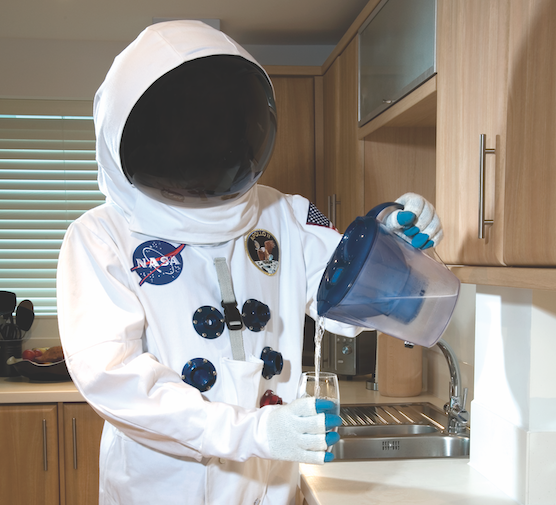
Spin-off from: Spacecraft filtration systems
Mission: Apollo Program
Date: 1963-1972
Although water filters had existed in basic form since the mid-Fifties, it wasn’t until NASA pumped resources into its research for the Apollo Program in 1963 that modern filtration systems began to emerge. NASA led research into this area as large quantities of water would need to be kept uncontaminated for long periods of time in extreme conditions.
To achieve this goal NASA developed a system that worked by utilising charcoal’s ability to absorb (chemically bond with) pollutants and particulate matter present within water when specially treated. This treatment – essentially an oxidisation process that opens up millions of tiny pores between carbon atoms (the charcoal) – amplified the absorbability of the charcoal, which with its large porous surface area provided many sites for pollutants to chemically bond with it through attraction. This left the resultant water clear of impurities.
2. Microprocessors

Spin-off from: Integrated circuits
Mission: Apollo Program
Date: 1963-1972
Once again, NASA technically did not invent the integrated circuit – which is credited to electrical engineer Jack Kilby in 1958 – but instead invented newer and more advanced variants of it.
Indeed, it is easily argued that the NASA’s Apollo Program kick-started the microchip revolution, with the administration buying more than 60 per cent of America’s integrated circuits throughout the whole of the Sixties, deliberately allowing the industry to acclimitise itself to mass production and stabilising it while few other markets
existed. One of the first high-profile usages of microchip technology was in the Apollo Guidance Computer with its DSKY interface, which was used to provide on-board computation and control for navigation, as well as control over the command module and lunar module spacecraft.
Today, integrated circuits can be found in almost every area of life, from mobile phones and personal computers to microwaves and calculators, mainly thanks to the cheap processing and manufacture of microchips worldwide.
3. Satellite television
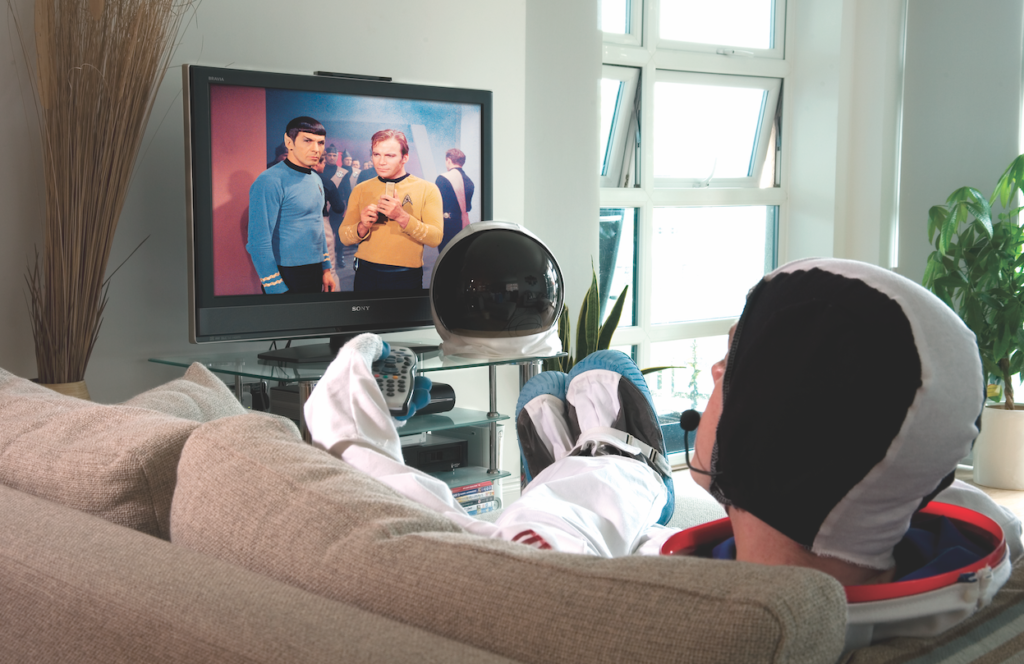
Spin-off from: Satellite communication
Mission: Project Telstar
Date: 1962
The first satellite capable of relaying TV signals was Telstar 1. Launched on the top of one of NASA’s Thor-Delta rockets in 1962, it was a joint project to develop an experimental satellite communications system over the Atlantic Ocean. The satellite was built by Bell Telephone Laboratories in partnership with NASA.
The satellite worked by utilising a transponder to relay data. It received microwave signals through an omni- directional array of small antennas located around its equator before upscaling and amplifying the signal’s frequency in a travelling-wave tube (this amplifies a signal by forcing it to mix with an electron beam within a vacuum tube, causing a bunching of electrons and inducing a higher current build-up, amplifying it as it passes down the device) and retransmitting them to ground stations.
NASA continued to develop this technology in subsequent satellites, producing more advanced systems to reduce noise and errors in transmitted signals, leading to the ability to transmit HD video and audio.
4. Modern golf ball dimples
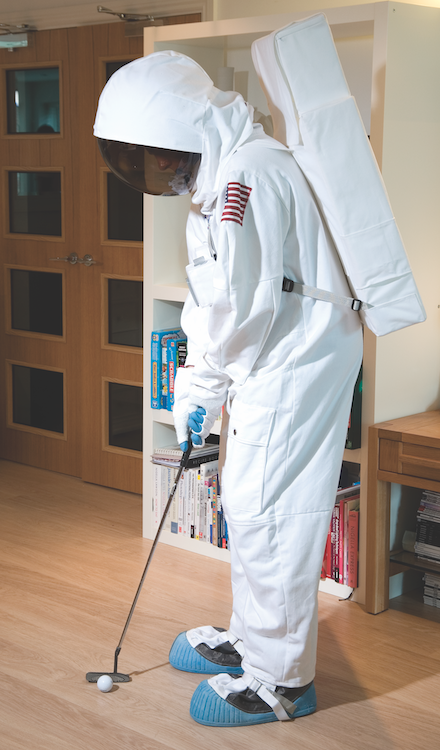
Spin-off from: Drag resistant surfaces
Mission: Space Shuttle Program
Date: 1981
As part of the Space Shuttle Program, NASA undertook research into maximising the drag resistance of its new launch system’s surfaces, especially for the external fuel tank. The special dimpled surface applied to the tank allowed NASA to hit a more optimum lift-to-drag ratio, getting more distance and stability out of its launch.
After being released into the public sphere, this aerodynamic coating was studied by the Wilson Sporting Goods Company, where its engineers learned that by applying dimples to the surface of a golf ball, the ball could glide more smoothly with less aerodynamic drag. With special 3D computer graphic software, the Wilson engineers were able to predict the progress made for their new golf ball and designed one with medium-sized dimples that created both high lift and far-gliding potential. Today, all golf balls utilise this dimpled coating technology.
5. Joysticks
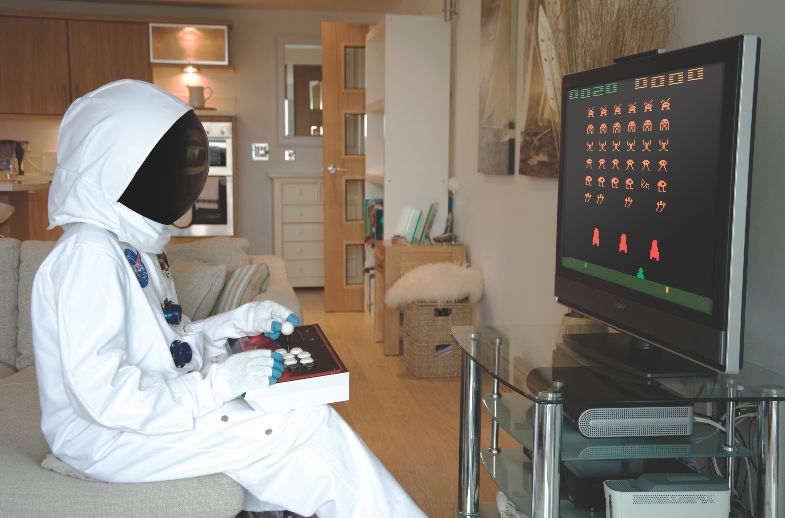
Spin-off from: Apollo lunar lander
Mission: Apollo 15 – 17
Date: 1971
As with smoke detectors, joysticks already existed before NASA picked up the technology, but they were unrecognisable to the products we see today. Indeed, it was only through NASA’s work on joystick technology as a control mechanism for its Apollo lunar rover – which would be used in the last three Apollo missions to the moon – that we have the digital joystick and thumbstick technology we see in cars, planes and videogame control pads.
The lunar rover’s controller was a T-shaped joystick and worked through a series of motors, four for drive and two for steering. Moving the stick forward powered the rover forward, left and right turned the vehicle left or right, and pulling backwards activated the brakes. Activating a switch on the joystick before pulling back would put the lunar rover into reverse while pulling the handle all the way back activated a parking brake.
This article was originally published in How It Works issue 14
For more science and technology articles, pick up the latest copy of How It Works from all good retailers or from our website now. If you have a tablet or smartphone, you can also download the digital version onto your iOS or Android device. To make sure you never miss an issue of How It Works magazine, subscribe today!å





